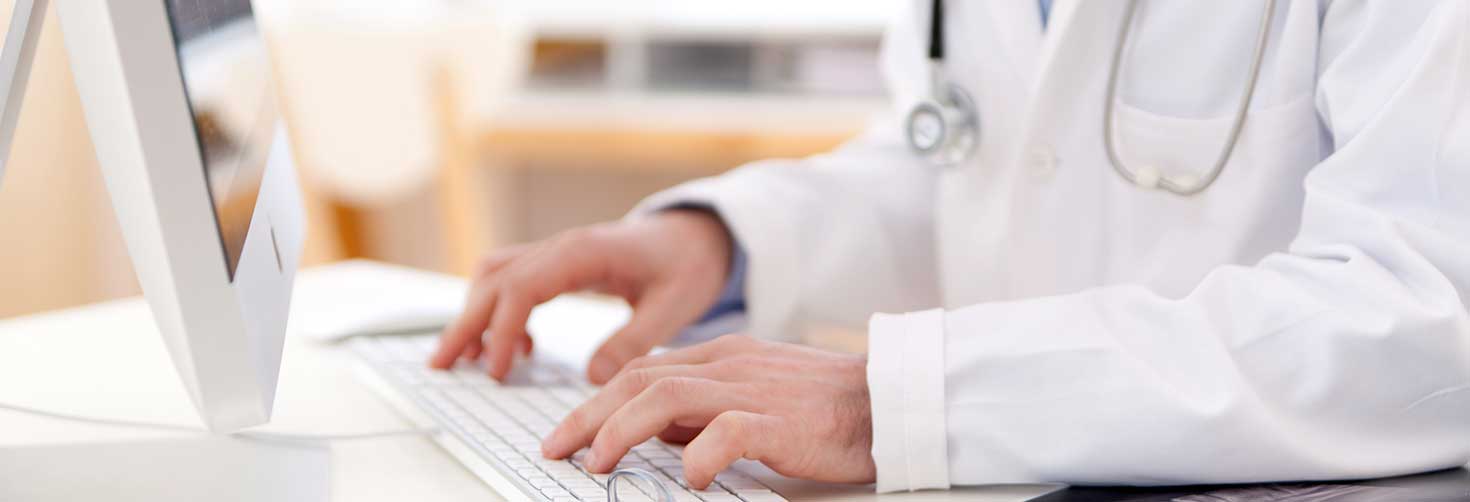 Estrogen reduction during menopause often means bone loss that puts women at risk for osteoporosis, thinning of the bone. A woman can lose up to 20% of her bone-mineral density within five years after menopause. Bone loss dramatically increases the risk of fracture especially in the spine, hip and wrists. Fractures due to osteoporosis affect about half of women over 50.
Estrogen reduction during menopause often means bone loss that puts women at risk for osteoporosis, thinning of the bone. A woman can lose up to 20% of her bone-mineral density within five years after menopause. Bone loss dramatically increases the risk of fracture especially in the spine, hip and wrists. Fractures due to osteoporosis affect about half of women over 50.
Osteoporosis literally means “porous bones.” Bone is a living tissue, comprising mainly of calcium and protein. Healthy bone is constantly being renewed. New bone replaces old, damaged bone in order to maintain bone density and the integrity of the body’s musculoskeletal structure. As women age, especially after menopause, the body produces less estrogen hormone, causing bone mass and strength to break down, which may result in osteoporosis.
Estrogen levels are partially to blame, but there are other risk factors as well, including family history, excessive cortisone or thyroid hormone, calcium/vitamin D deficiency, body structure, genetic factors, eating disorders, smoking, excessive alcohol use, a sedentary lifestyle, or simply aging.
The rate of progression and the effects of osteoporosis can be modified with proper early diagnosis and treatment. Following a thorough examination, your DOC orthopedic surgeon will confirm a diagnosis of osteoporosis by measuring bone mineral density (BMD). Conservative treatment for osteoporosis includes good nutrition, appropriate intake of calcium and vitamin D, weight bearing, flexibility and balance exercises, and fall prevention strategies to reduce risks and bone loss.
The goal of treatment is to slow or prevent the development of osteoporosis, maintain healthy bone mineral density and bone mass, prevent fractures, reduce pain, and maximize the guest’s ability to continue her lifestyle. Current treatment methods can reduce bone loss, but there are no approved methods to date of restoring lost bone. In the future, treatment may include stem cell therapy. In 2016, researchers found that injecting a particular kind of stem cell reversed osteoporosis and bone in test subjects. For now, however, reduce bone loss through adequate calcium intake, exercise, and recommendations from your DOC surgeon, PA and PT healthcare team.
Sources:
Is There a Link Between Menopause and Joint Pain? | EverydayHealth.com
Osteoporosis Explained | MedicalNewsToday.com
Osteoporosis Prevention | OrthoInfo.org


